EGNOS Operator Receives Key Certification
The European Satellite Services Provider (ESSP) has received a certificate of “Air Navigation Service Provider” according to the Single European Sky Regulation 2096/2005.
By Inside GNSSThe European Satellite Services Provider (ESSP) has received a certificate of “Air Navigation Service Provider” according to the Single European Sky Regulation 2096/2005.
By Inside GNSS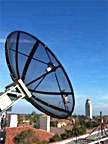 Stanford GNSS Monitor Station Antenna
Stanford GNSS Monitor Station AntennaInitial analyses by researchers in the United States and Germany of the transmissions from the first GPS Block IIF satellite indicate generally strong and healthy signals, although the some aspects of the new L5 signal are drawing close attention.
The researchers’ efforts will be reported in two articles in the July/August issue of Inside GNSS magazine.
By Inside GNSS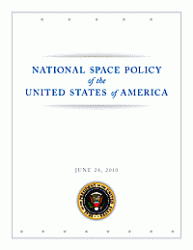
A new U.S. National Space Policy announced today (June 28, 2010) by the White House says that foreign GNSS services may be used “to augment and strengthen the resiliency of GPS.”
In a document that underlines the Obama administration’s intention to rely more on international cooperation in space-related activities and “energize competitive domestic industries to participate in global markets,” the new policy reaffirms recent efforts “to engage with foreign GNSS providers to encourage compatibility and interoperability, promote transparency in civil service provision, and enable market access for U.S. industry.”
By Inside GNSS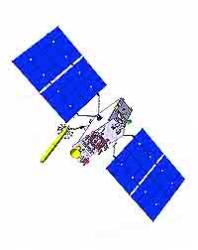 Illustration of GLONASS-K satellite
Illustration of GLONASS-K satelliteA provisional specification for the planned GLONASS CDMA signal has been defined and is available to receiver manufacturers interested in experimenting with the demonstration signal that will be broadcast from the GLONASS-K satellite to be flight-tested later this year.
Mark Shmulevich, head of business development for Russian Space Systems (RSS), extended the offer at the Asia Pacific Economic Cooperation GNSS Implementation Team (APEC-GIT) meeting in Seattle, Washington, this week. RSS is an amalgamation of 10 former Russian federal state unitary enterprises — that is, government corporations — and other Russian institutes and agencies established last year, with the former Russian Institute of Space Device Engineering (RISDE) serving as the lead.
By Inside GNSSQ: What is the carrier phase measurement? How is it generated in GNSS receivers?
A: Simply put, the carrier phase measurement is a measure of the range between a satellite and receiver expressed in units of cycles of the carrier frequency. This measurement can be made with very high precision (of the order of millimeters), but the whole number of cycles between satellite and receiver is not measurable.
By Inside GNSSFor the complete story, including figures, graphs, and images, please download the PDF of the article, above.
Evolution of GNSS into a global system of multiple systems opens up a new world of aviation applications, improving such factors as integrity, accuracy, and availability of positioning.
By Inside GNSSFor the complete story, including figures, graphs, and images, please download the PDF of the article, above.
Knowledge of carrier-to-noise ratio (CNR) can be of great value in the context of GNSS.
By Inside GNSS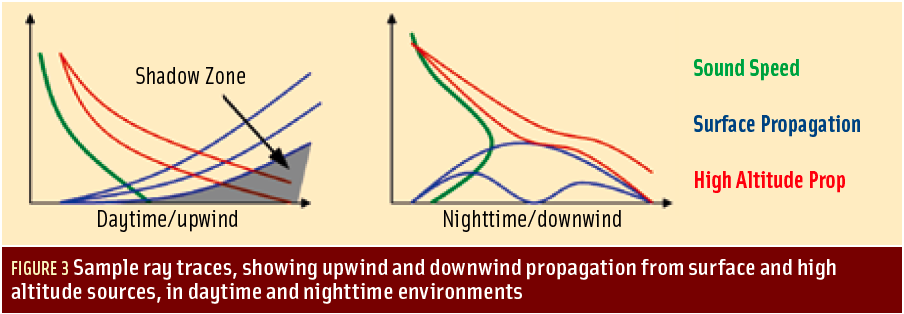 FIGURE 1: Single- and multi-channel simulators, GPS/Galileo (on top) and GPS/GLONASS software receiver USB front end with controlled power source
FIGURE 1: Single- and multi-channel simulators, GPS/Galileo (on top) and GPS/GLONASS software receiver USB front end with controlled power sourceFor the complete story, including figures, graphs, and images, please download the PDF of the article, above.
Testing procedures comprise an important element in the development, manufacturing, and integration of GNSS devices. Essentially, everybody involved in GNSS will be involved in or affected by testing at one time or another.
By Inside GNSSFor the complete story, including figures, graphs, and images, please download the PDF of the article, above.
The decades of successful exploitation of satellite navigation systems GPS and GLONASS have confirmed their unique status as a basic resource for reliable worldwide, all-weather, all-season, round-the-clock positioning and timing. Nevertheless, the permanently widening sphere of their practical applications — as well as challenging requirements emerging from potential new users — give these systems a momentum for further evolution and progress.
By Inside GNSSFor the complete story, including figures, graphs, and images, please download the PDF of the article, above.
By Inside GNSSWith the launch of the Delta IV rocket on May 27 from Cape Canaveral Air Force Station the first satellite (space vehicle number 62 or SVN62) of the latest GPS generation Block IIF (F, for “follow-on”) was carried into earth orbit — a major step with roots in the past.
Eight years ago in August 2002 the United States decided in coordination with the International Telecommunication Union (ITU-R) to transmit a new civil signal on a third frequency known as L5.
By Inside GNSS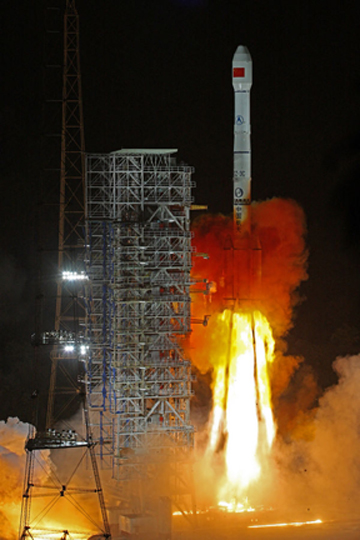 A Compass/Beidou-2 geostationary satellite is lifted into space from China’s Xichang space center. (China Academy of Launch Vehicle Technology photo)
A Compass/Beidou-2 geostationary satellite is lifted into space from China’s Xichang space center. (China Academy of Launch Vehicle Technology photo)[Updated June 11] China has begun transmitting signals on three frequencies from the Compass G3 satellite launched into geostationary orbit (GEO) on June 2. G3 is the third Compass (Beidou-2) GEO and the second such launch this year. The three GEOS and a a middle-earth-orbiting (MEO) spacecraft launched in 2007 comprise the constellations of China’s second-generation GNSS system now under development.
Chinese officials announced that the Compass G3 had reached its geostationary position at 84.6° E longitude on June 7. The German Aerospace Center (DLR) has been able to capture the first nominal navigation signals of Beidou G-3.
By Inside GNSS